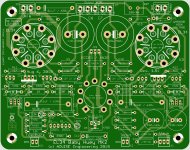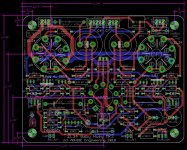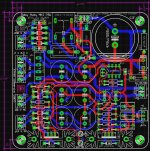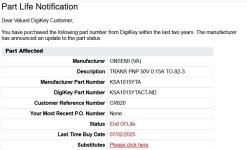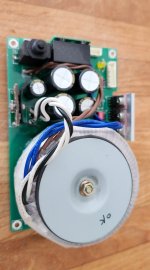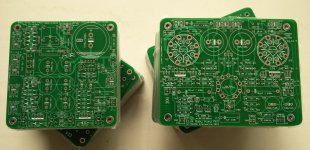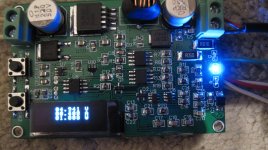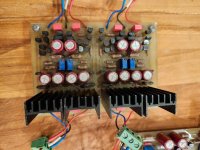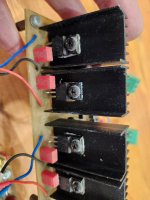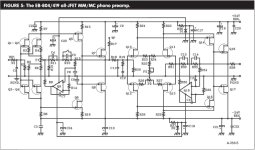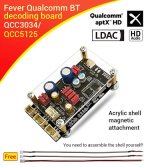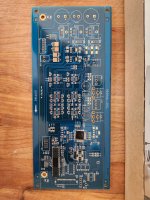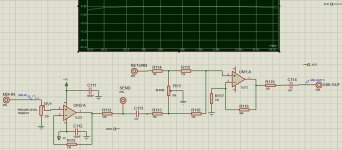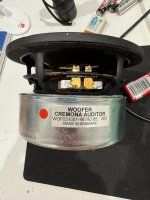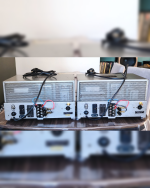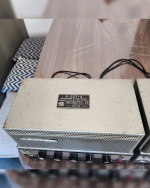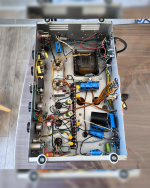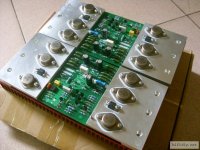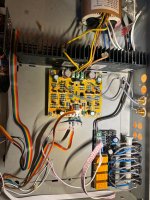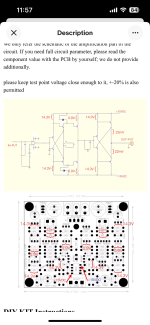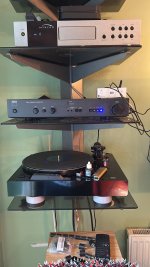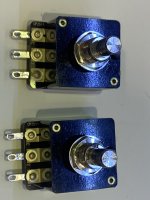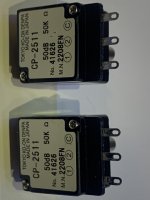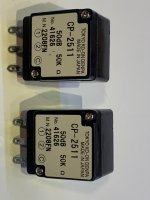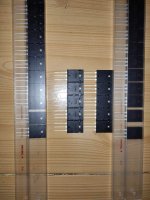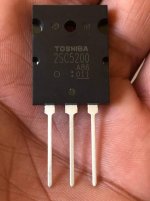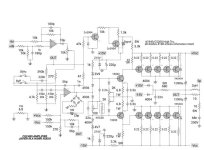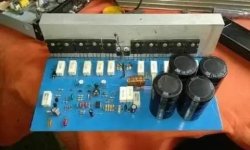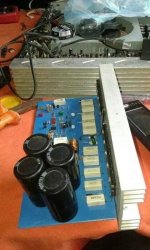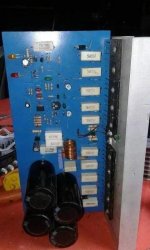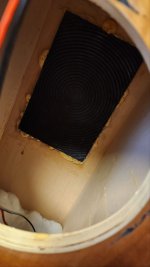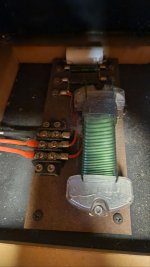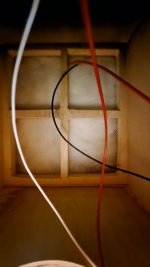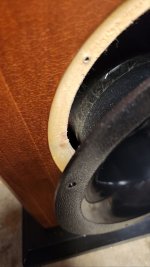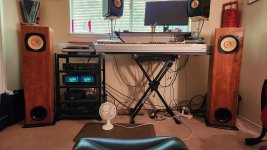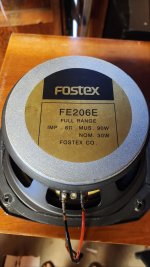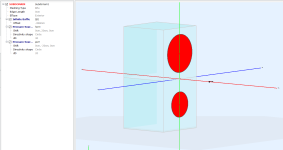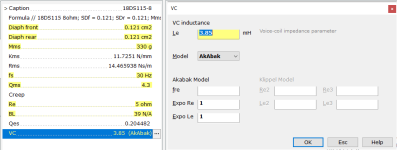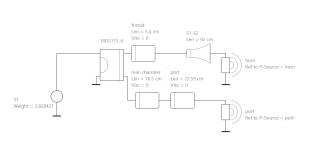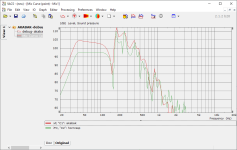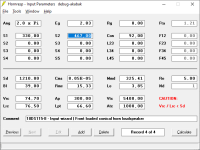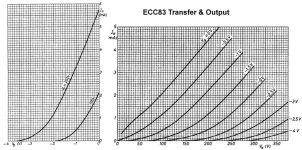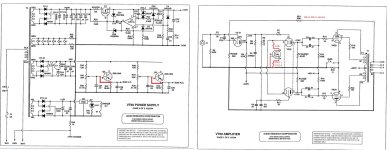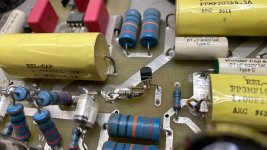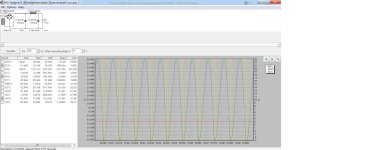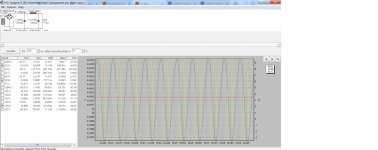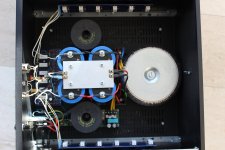Today, an unusual fix (for hifi aficionados like we are), a Fischer Price 820 toy record player.
Someone brought it to me, not working. Not producing any sound from the speaker, more precisely. This machine can work both with 4 C 1.5V batteries and with a 6V DC external power (+ inside). That’s the reason why he took it to me. He had tried to power it with an external PSU, but not knowing its voltage nor the polarity of the plug. Therefore, it has produced a plop and smoke when he lifted the arm up.
The motor works, the platter turns when you lift the arm (like it should), but that’s all I know.
First, 5 screws to open the plastic case. We can see a small PCB, two contact relays, the (small) motor, and that’s nearly all you get inside. Which is enough. Everything else is plastic, rather good quality one. A robust toy.
On the component side of the dirty PCB, I see immediately the 220µF/10 capacitor which has blown up (center of the photo below). Easy. That size, only got a 470µF/16, it will do. Reflowing some solder joints, little bit of PCB cleaning, resoldering all wires. Give a try, not working. Ah.
It’s more complicated than I thought. Got to investigate a little bit more. I like it, kind of too simple if there's no sweat at all...
First, try the speaker on its own. It works. Then going backwards, I injected a 100 mV 10 kHz sinus signal on the PCB points corresponding to the red and black wires coming from the piezo pickup and I could hear some sound coming from the speaker. So at least I knew that the amplifier part of the circuit was OK.
So the problem was
probably with the wires from the pickup to the PCB themselves. And it’s the tricky part, because to access to the pickup wires is rather uneasy, to say the least.
I had to unsolder the two wires on the PCB to let some room to get the arm out, then take it out (circlips, platic parts and so). This step is rather uncomplicated. Next one is more challenging. Once I had the arm apart, obliged to cut
delicately between the superior and inferior plastic parts of the arm with a cutter to separate them and access to the pickup connections themselves (no screws, sorry). Continuity was OK through each wire, but. But of the 2 contacts of the pickup itself to one of the wire, no continuity.
There is a small metal contact linked to the wire that is supposed to make contact with the pickup.
One of them was not bent enough to be able to touch the pickup contact. I bent it more with a very small plier, and then, there was continuity again. I tested roughly with my finger
gently brushing the tip, and I could hear a sound from the speaker. OK, I like that better.
After I cleaned all the moving parts in the arm and greased them lightly, I glued the inferior and superior parts of the arm, reinstalled the whole thing back, and had a try with a record. Everything was right, nearly good sound. Tuning of the 45rpm and 33 rpm speeds with the two dedicated trimmers, general cleaning, screws back.
video Fischer Price 820 (YouTube)
That’s it.
That post helped me a lot :
fisher-price-816-record-player-repair